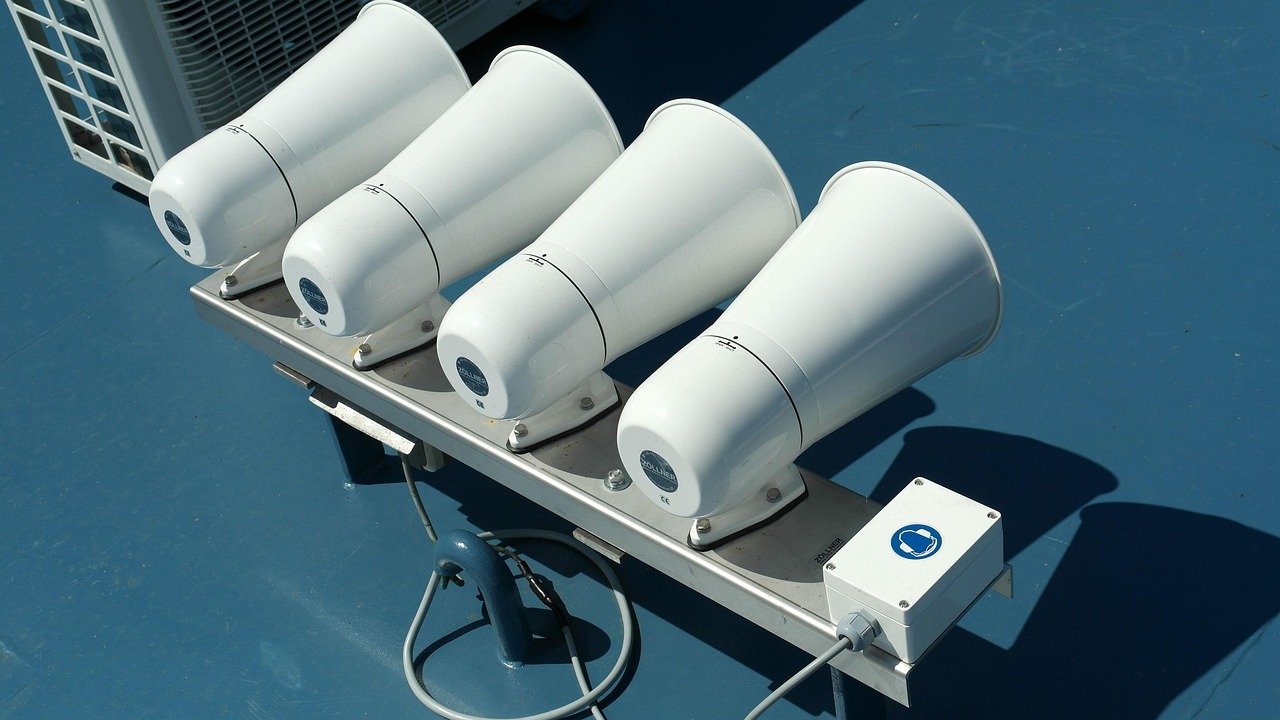When Munich authorities decided to close the Oktoberfest grounds on Wednesday after a bomb threat, thousands of residents suddenly received an alarming notification on their smartphones. At 11:04 am, the message read: “Extreme Danger – official warning for Munich.”
Accompanied by long warning tones and vibrations, the alert startled many. Only after clicking on the link did users learn the actual reason: the Wiesn would remain closed until 5:00 pm due to the ongoing security operation.
On social media, reactions ranged from criticism to understanding. One user on X (formerly Twitter) wrote: “I thought something catastrophic had happened – and then it turns out to be about the Oktoberfest closure.”
Others argued the measure was justified because it ensured that festivalgoers were quickly informed.
Why was the alert triggered?
Munich’s Deputy Police President Christian Huber explained at a press conference that the decision was made jointly by police and Mayor Dieter Reiter (SPD) earlier that morning. To reach as many people as possible, the city used the Katwarn/DE-Alert system alongside social media posts and loudspeaker announcements on site.
The goal was to prevent visitors from heading to the Theresienwiese unaware of the closure.
Why did the message say “Extreme Danger”?
The confusing wording was not chosen by the city itself. According to the Federal Office of Civil Protection and Disaster Assistance (BBK), the warning level used was Level 2 — which, under European technical standards, automatically carries the heading “Extreme Danger.”
This level indicates a “significant threat to public safety or infrastructure.” The BBK acknowledged that the terminology may sound alarming and announced that improvements to the system are being considered in future updates.
Why did the alert come later than the closure?
The Wiesn closure had been publicly communicated more than an hour before the smartphone alert was issued. The Munich fire brigade explained that the delay was due to ongoing police investigations: only once the security assessment confirmed the urgency did officials escalate to an official mobile warning.
What happens next?
City officials stressed that the incident was handled with caution and transparency. Mayor Reiter addressed citizens directly via Instagram, saying:
“To all Munich residents unsettled by the Katwarn alert: the threat only concerned the Theresienwiese. There is no general danger in the city.”
The case highlights both the importance and challenges of digital warning systems: while they ensure rapid communication, unclear wording can lead to confusion. Authorities now face the task of improving clarity to maintain public trust in Germany’s relatively new cell broadcast system.









